Nyclobate Shampoo
350.00৳ Bottle (60ml)
- Nyclobate is a potent topical corticosteroid indicated for various dermatoses, including psoriasis, lichen planus, and recalcitrant conditions in adults and children over 1 year.
- Available in multiple formulations: cream, ointment, scalp solution, lotion, spray, and shampoo, each containing Clobetasol Propionate BP 0.5 mg (0.05% w/w).
- It possesses anti-inflammatory and antipruritic properties, effective in managing inflammation and itching.
- Treatment should be limited to 2 consecutive weeks for creams and ointments, with specific usage guidelines for scalp and shampoo formulations.
- Prolonged use may lead to systemic effects; caution is advised in pregnant or nursing women.
 Brand
Brand
|
Incepta Pharmaceuticals Ltd |
|---|---|
 Generics
Generics
|
Clobetasol Propionate |
 Type
Type
|
Shampoo |
Indications
Nyclobate is prescribed for adults, the elderly, and children aged over 1 year for various skin conditions, including:
- Psoriasis (excluding extensive plaque psoriasis)
- Recalcitrant dermatoses
- Lichen planus
- Discoid lupus erythematosus
- Other dermatological disorders that do not respond adequately to milder steroid treatments.
Please use this medication according to the advice of a registered healthcare professional.
Composition
- Clobetasol Propionate Cream: Each gram contains 0.5 mg (0.05% w/w) of Clobetasol Propionate BP.
- Clobetasol Propionate Ointment: Each gram contains 0.5 mg (0.05% w/w) of Clobetasol Propionate BP.
- Clobetasol Propionate Scalp Application: Each gram contains 0.5 mg (0.05% w/w) of Clobetasol Propionate BP.
- Clobetasol Propionate Shampoo: Each gram contains 0.5 mg (0.05% w/w) of Clobetasol Propionate BP.
- Clobetasol Propionate Lotion: Each gram contains 0.5 mg (0.05% w/w) of Clobetasol Propionate BP.
- Clobetasol Propionate Spray: Each gram contains 0.5 mg (0.05% w/w) of Clobetasol Propionate BP.
Pharmacology
Clobetasol Propionate is a highly effective topical corticosteroid known for its anti-inflammatory, antipruritic, and vasoconstrictive properties. It combats inflammation through various mechanisms, such as reducing mast cell density and inhibiting eosinophil activation and cytokine production, ultimately decreasing the metabolism of arachidonic acid.
Dosage
- Cream and Ointment: For adults, the elderly, and children over 1 year, apply a thin layer of Clobetasol Propionate Cream or Ointment to affected areas twice daily, gently rubbing it in. Short courses may be repeated to manage flare-ups. For stubborn lesions, particularly those with hyperkeratosis, occlusive dressings can enhance the medication’s efficacy. Treatment should not exceed two consecutive weeks, with a maximum weekly dosage of 50 g. For children, treatment should ideally be limited to five days with weekly assessments.
- Spray: Apply the necessary amount of spray once or twice daily to affected scalp areas and gently massage in. Total weekly dosage should not exceed 50 ml. Discontinue therapy if no improvement is observed after one week or once lesions have healed. Short-term use is recommended.
- Shampoo: Apply to dry scalp once daily, focusing on affected areas. Massage gently into lesions and allow to sit for 15 minutes before rinsing. Limit treatment to four consecutive weeks, with a maximum dosage of 50 g per week. This formulation is not recommended for individuals under 18.
- Scalp Solution: Apply as needed once or twice daily to affected areas of the scalp and gently rub in, with the same dosage restrictions as the spray.
Please use this medication according to the advice of a registered healthcare professional.
Administration
Route: Topical. Creams are best for moist or weeping surfaces, while ointments suit dry, lichenified, or scaly lesions.
Please use this medication according to the advice of a registered healthcare professional.
Interactions
Co-administration with drugs that inhibit CYP3A4 (e.g., ritonavir, itraconazole) can lead to increased systemic exposure to corticosteroids by inhibiting their metabolism.
Contraindications
- Rosacea, acne vulgaris, and perioral dermatitis.
- Primary viral infections of the skin (e.g., herpes simplex, chickenpox).
- Hypersensitivity to the formulation.
- Not indicated for primarily infected skin lesions caused by fungal (e.g., candidiasis, tinea) or bacterial (e.g., impetigo) infections, or for perianal and genital pruritus.
- Dermatoses in children under one year of age, including dermatitis and diaper rashes.
Side Effects
Prolonged use of large quantities or treatment of extensive areas can lead to significant systemic absorption, resulting in hypercorticism. Long-term treatment with potent corticosteroids may cause local skin changes such as thinning, striae, and dilation of superficial blood vessels, especially with occlusive dressings or in skin folds. Rarely, corticosteroid treatment of psoriasis may provoke its pustular variant. While Nyclobate is generally well-tolerated, discontinue use if signs of hypersensitivity appear, as symptom exacerbation may occur.
Pregnancy & Lactation
Limited data is available regarding Clobetasol Propionate cream use during pregnancy. Topical corticosteroids have been shown to cause fetal development abnormalities in pregnant animals; however, the relevance to humans is unclear. Clobetasol Propionate Cream should only be used during pregnancy and lactation if the potential benefits outweigh the risks.
It is unknown whether this drug is excreted in human breast milk. Caution is advised when administering Clobetasol Propionate Cream to nursing mothers.
Precautions & Warnings
Avoid long-term continuous topical therapy whenever possible, especially in infants and children, as adrenal suppression may occur even without occlusion. Limit use to five days for children and avoid occlusion. The face is particularly susceptible to atrophic changes from prolonged potent corticosteroid use, which should be considered when treating conditions like psoriasis, discoid lupus erythematosus, and severe eczema.
Exercise caution to prevent the medication from entering the eyes, as it may lead to glaucoma or cataract development. Topical corticosteroids can pose risks in psoriasis, including rebound relapses, tolerance development, and potential local or systemic toxicity due to compromised skin barrier function; careful supervision of patients is crucial.
Appropriate antimicrobial therapy should accompany the treatment of infected inflammatory lesions. If infection spreads, discontinue topical corticosteroid therapy and initiate systemic antimicrobial treatment. Bacterial infections can be exacerbated by warm, moist conditions created by occlusive dressings, so ensure skin is clean before applying a new dressing.
Use in Special Populations
Avoid long-term continuous topical corticosteroid therapy in infants and children under 12 years to minimize the risk of adrenal suppression. Children are more prone to atrophic skin changes from corticosteroid use.
Overdose Effects
Acute overdose is unlikely; however, chronic misuse may lead to hypercortisolism symptoms, necessitating discontinuation of the topical steroid.
Therapeutic Class
Other topical corticosteroids.
Storage Conditions
Store below 30°C, protected from light and moisture. Do not freeze. Keep out of reach of children.


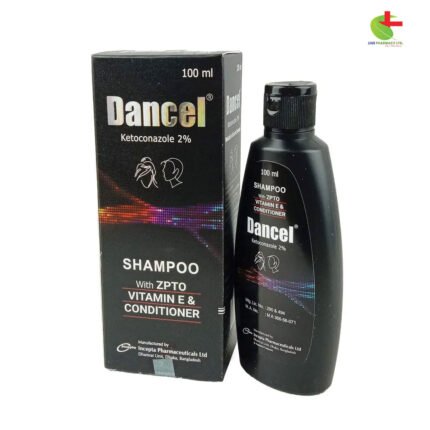
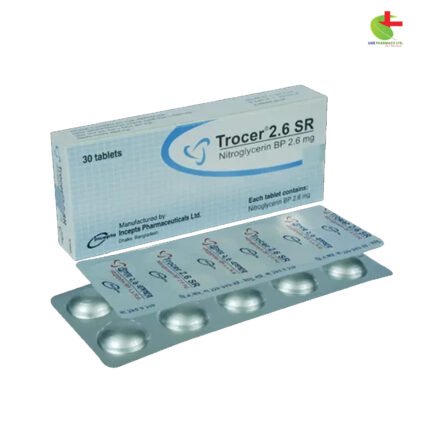



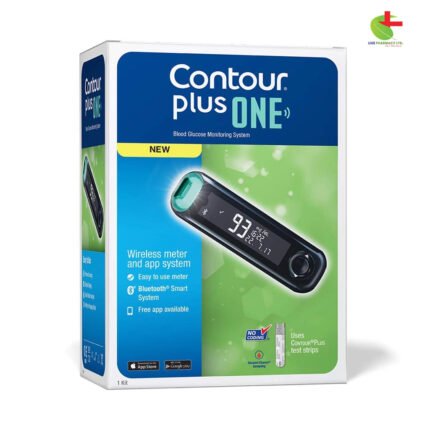
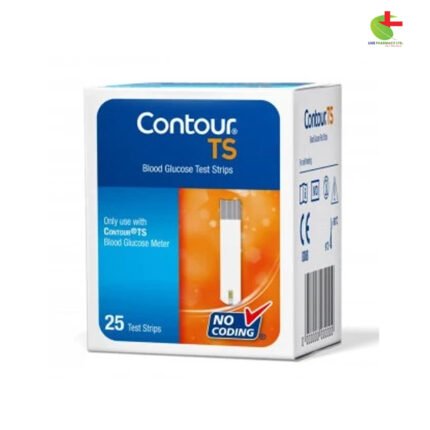
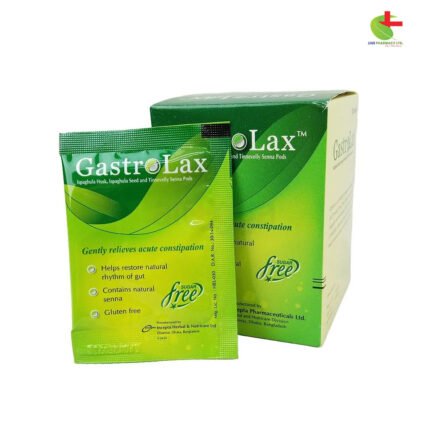

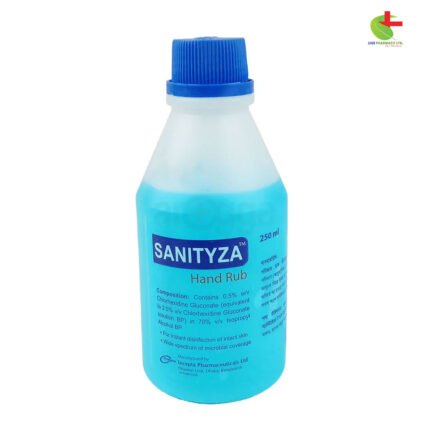
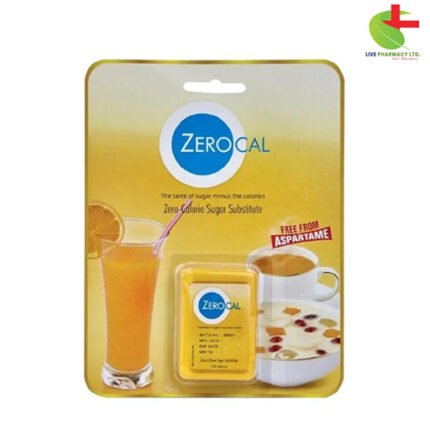
Reviews
There are no reviews yet.